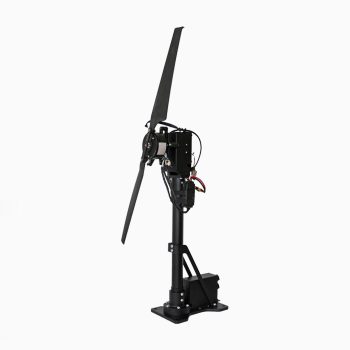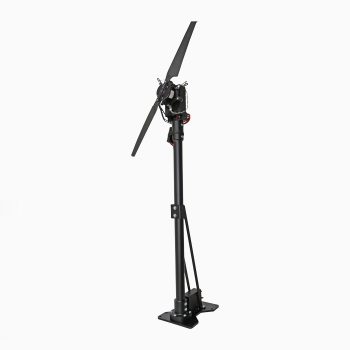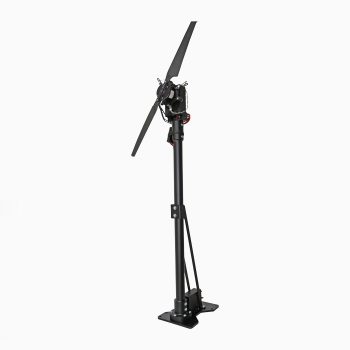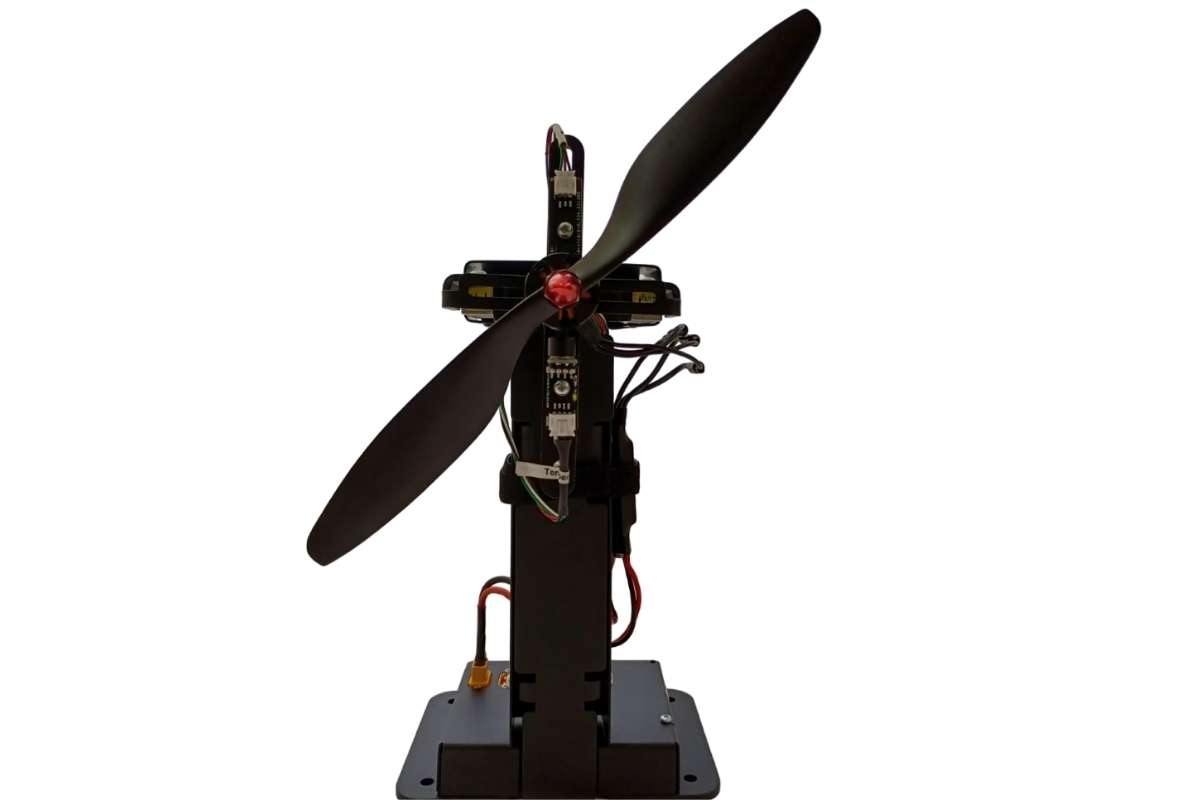Drones are unmanned aerial vehicles (UAVs) that can fly autonomously or remotely controlled by a pilot. They have various applications, such as aerial photography, delivery, surveillance, agriculture, entertainment, and more. However, one of the main challenges that drone users face is the limited flight time and range of their devices, which depend largely on the performance of their propulsion systems. Therefore, testing and optimizing the performance of the drone motor and propeller sets is crucial for enhancing the drone capabilities and reducing the energy consumption. In this article, we will explain how test stands measure drone performance in different aspects, such as propulsion system, battery, environment, stability, and payload.
Propulsion System Testing
The propulsion system of a drone consists of the motor and the propeller that provide the thrust and torque to move the drone in the air. The performance of the propulsion system is determined by several factors, such as the motor type, size, speed, current, voltage, torque, power, thrust, propeller type, size, pitch, shape, number of blades, etc. These factors interact with each other and affect the overall efficiency of the system, which is defined as the ratio of the mechanical power output (thrust times speed) to the electrical power input (voltage times current).
A test stand is a device that allows measuring the performance of a drone propulsion system in a controlled and standardized way. It consists of a rigid structure that holds the motor and propeller in place, a load cell that measures the thrust force generated by the propeller, a speed sensor that measures the rotational speed of the motor shaft, a power meter that measures the voltage and current supplied to the motor, and a data acquisition system that records and displays the data. Some test stands also have a torque sensor that measures the torque applied by the motor to the propeller.
By using a test stand, drone users can measure and improve several aspects of their propulsion systems, such as:
- Thrust: The force that pushes the drone forward or upward. It is proportional to the mechanical power output of the propulsion system.
- Torque: The force that causes the motor shaft to rotate. It is proportional to the mechanical power input to the propeller.
- Speed: The rotational speed of the motor shaft or the propeller. It affects the thrust and the noise of the propulsion system.
- Power: The electrical power supplied to the motor or the mechanical power output by the propeller. It affects the energy consumption and the battery life of the drone.
- Efficiency: The ratio of the mechanical power output to the electrical power input of the propulsion system. It indicates how well the drone uses its energy and resources to achieve its goals.
Battery Testing
The battery of a drone is the source of electrical power that drives the motor and other components of the drone. The performance of the battery is determined by several factors, such as the type, capacity, discharge rate, voltage, current, temperature, etc. These factors affect how long and how far the drone can fly with a single charge.
A test stand can also measure the performance of a drone battery in a controlled and standardized way. It can be connected to a battery tester or a multimeter that measures the voltage and current of the battery under different load conditions. It can also be connected to a power supply or a charger that supplies or charges the battery with different voltage or current levels.
By using a test stand, drone users can measure and improve several aspects of their batteries, such as:
- Capacity: The amount of energy stored in the battery, measured in milliampere-hours (mAh) or watt-hours (Wh). It affects how long the battery can power the drone.
- Discharge rate: The rate at which the battery releases its energy, measured in C-rating or amperes (A). It affects how much current the battery can provide to the motor and other components.
- Voltage: The potential difference between the positive and negative terminals of the battery, measured in volts (V). It affects how much power the battery can deliver to the motor and other components.
- Current: The flow of electric charge through a circuit, measured in amperes (A) or milliamperes (mA). It affects how much power the battery consumes from the power supply or charger.
- Temperature: The degree of heat or cold of the battery, measured in degrees Celsius (°C) or Fahrenheit (°F). It affects how well the battery performs and how long it lasts.





